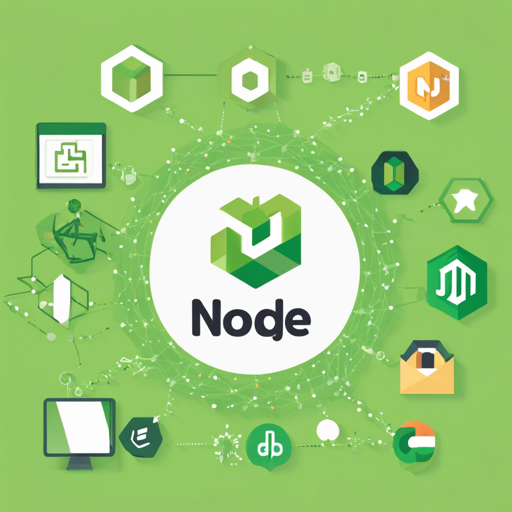In today’s digital landscape, creating RESTful web APIs is essential for enabling communication between different applications, especially in mobile development. This guide will provide you with a structured approach to build your own APIs using Node.js, Express, and MongoDB. We’ll walk through the fundamental components, best practices, and troubleshooting tips to get you started on the right track.
Understanding the Project Structure
Before jumping into the code, let’s visualize our project structure. Think of your application as a city, where each building has a specific purpose, and they all work together to provide a smooth life experience for its citizens. Here’s how your project is organized:
- server.js: This is the main entrance to your city. It connects to the MongoDB database and starts the server.
- app.js: This building configures the entire Express application, setting it up for visitors (incoming requests).
- config.env: Here you store your secret files (environment variables) that help manage the city’s operations smoothly.
- routes/userRoutes.js: Think of this as the guiding signs that direct visitors to the correct destinations (controllers).
- controllers/userController.js: This is the control center where decisions are made, and responses to requests are crafted.
- models/userModel.js: The backbone of your city, where the business logic resides and the rules of the city are enforced.
Key Features of Your API
Your RESTful API will include several essential features:
- Fundamentals of Express: routing, middleware, sending responses, and more.
- Fundamentals of Mongoose: data models, data validation, and middleware.
- RESTful API including pagination, sorting, and limiting fields.
- CRUD operations with MongoDB.
- Security protocols, including encryption and sanitization.
- Authentication with JWT: encompassing login and signup functionalities.
- Authorization: managing user roles and permissions.
- Robust error handling strategies.
- Use of environment variables for configuration.
- Handling errors outside Express.
- Catching uncaught exceptions to maintain stability.
Building the API
Let’s start by outlining the basic operations in our application. We’ll proceed with establishing routes, creating models, and setting up controllers to handle requests efficiently. Here’s a brief overview of what each component will do:
1. Setting Up server.js
The server.js file is like the city’s main entrance that connects to MongoDB and starts your server:
const mongoose = require('mongoose');
const express = require('express');
const app = express();
require('dotenv').config();
mongoose.connect(process.env.MONGO_URI, { useNewUrlParser: true, useUnifiedTopology: true })
.then(() => {
app.listen(process.env.PORT, () => {
console.log('Server is running on port ' + process.env.PORT);
});
})
.catch(err => console.log(err));This code establishes a connection to your MongoDB database, ensuring all interactions are smooth and secure.
2. Configuring app.js
The app.js file serves as your city planner—organizing different aspects of how your city (application) operates. You will set middleware, routes, and error handling here. For example:
app.use(express.json());
app.use('/api/users', userRoutes);
app.use((err, req, res, next) => {
res.status(err.status || 500).send(err.message);
});3. Creating the User Model
Your userModel.js file outlines the business rules and validations for users, akin to city laws regulating behavior:
const mongoose = require('mongoose');
const userSchema = new mongoose.Schema({
name: { type: String, required: true },
email: { type: String, required: true, unique: true },
password: { type: String, required: true }
}, { timestamps: true });
module.exports = mongoose.model('User', userSchema);Troubleshooting Common Issues
While developing your RESTful API, you might encounter some common issues. Here are a few troubleshooting tips:
- Connection Issues: If you’re having trouble connecting to MongoDB, double-check your
config.envfile to ensure your Mongo URI is correct. - Middleware Not Working: If routes aren’t functioning correctly, ensure you’ve correctly set up middleware in your
app.jsfile. - Authentication Failures: Ensure your tokens are properly generated and that your client is sending the correct tokens with requests.
- Errors Not Handled: Make sure your error handling middleware is defined after all your routes.
For more insights, updates, or to collaborate on AI development projects, stay connected with fxis.ai.
Wrapping Up
Building a RESTful API with Node.js, Express, and MongoDB opens up a world of possibilities for mobile and web applications. With a correctly structured project and robust features, you can ensure your API is not only functional but also scalable and secure.
At fxis.ai, we believe that such advancements are crucial for the future of AI, as they enable more comprehensive and effective solutions. Our team is continually exploring new methodologies to push the envelope in artificial intelligence, ensuring that our clients benefit from the latest technological innovations.

